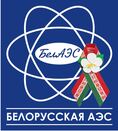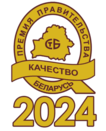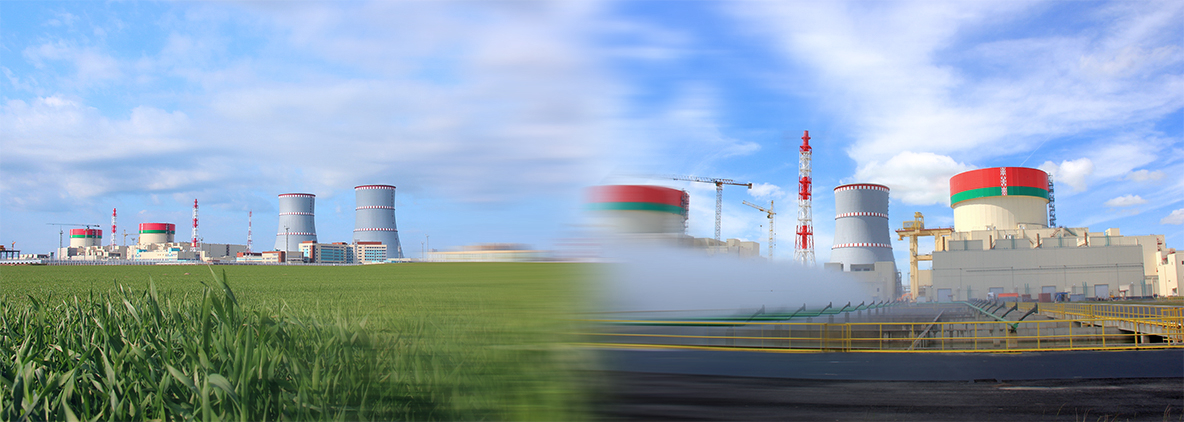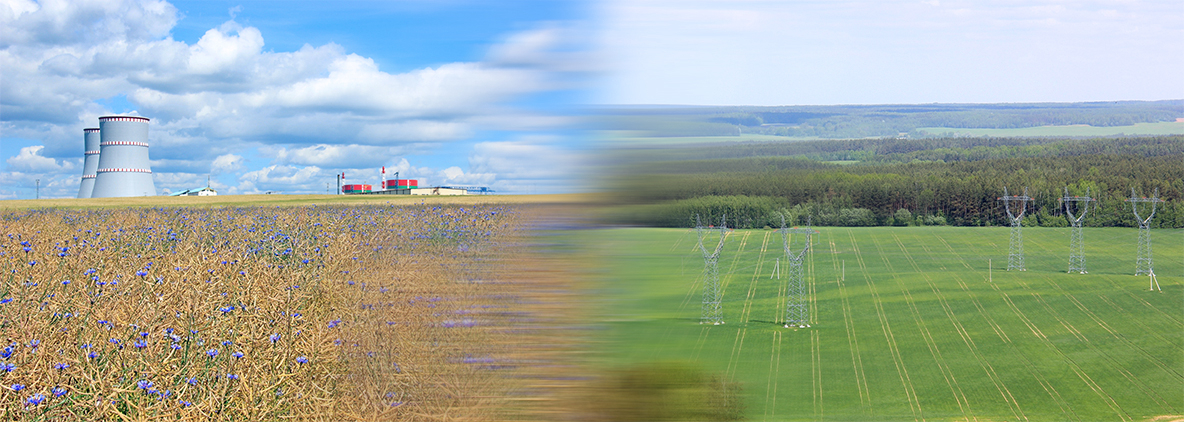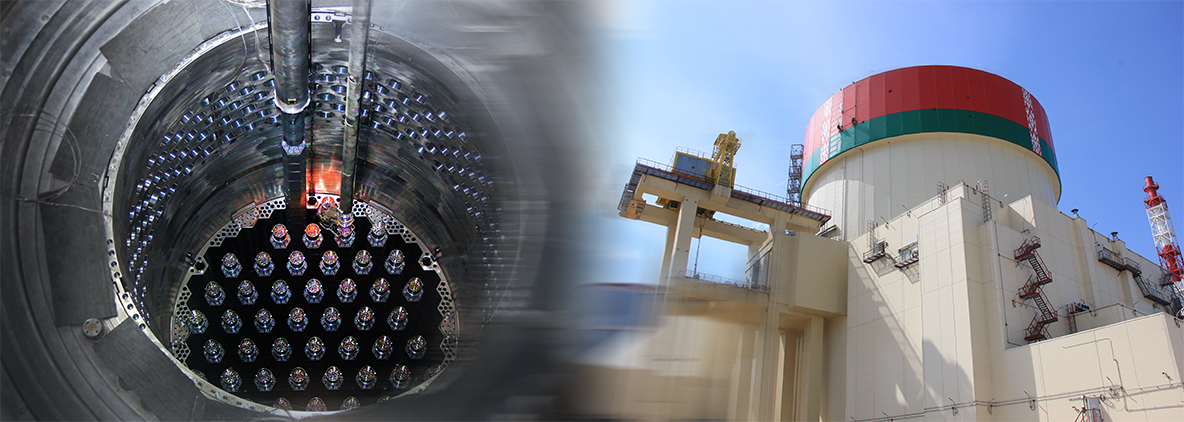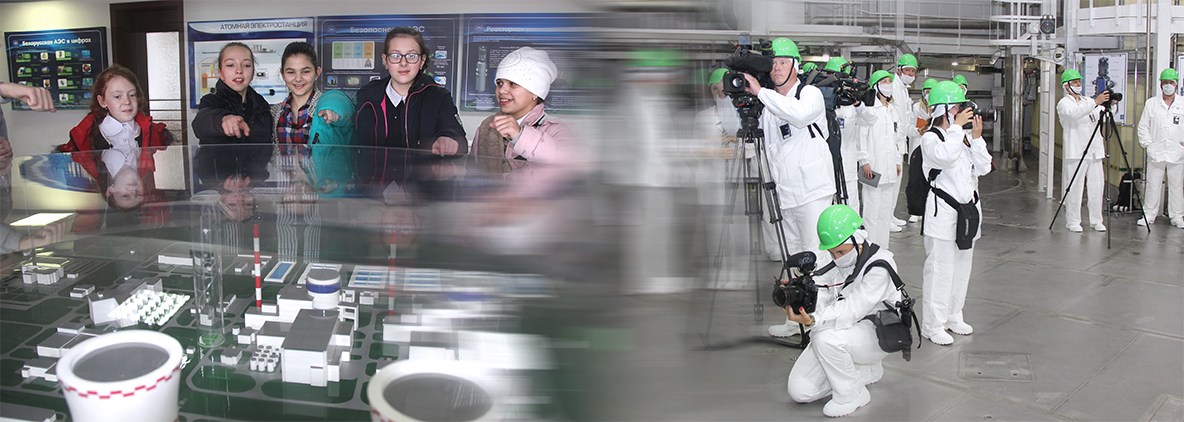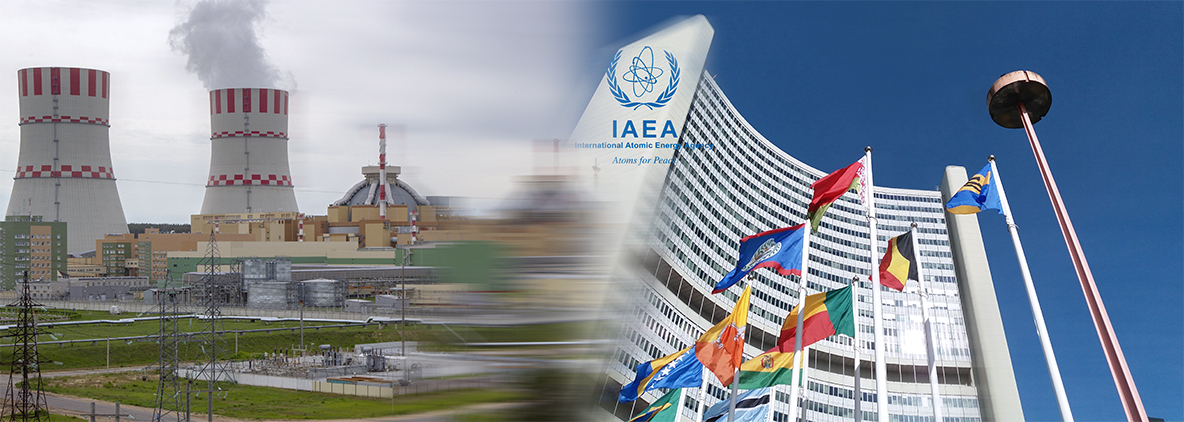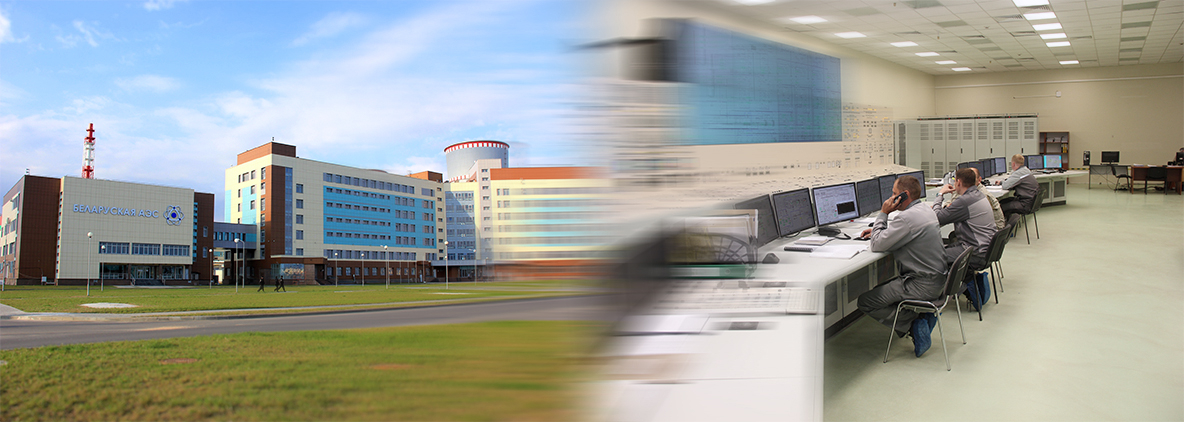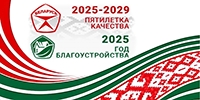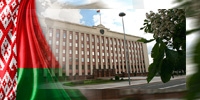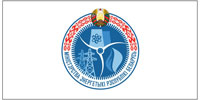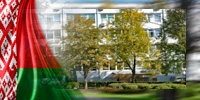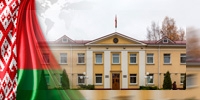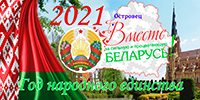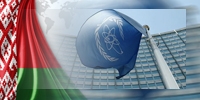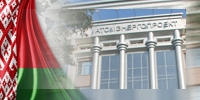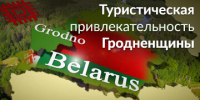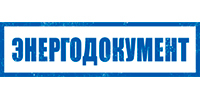Address:
Administrative and laboratory building (00UYA)
Vornyany village council, 2/7
Ostrovets district, Grodno region, Republic of Belarus 231220
Е-mail: belaes@belaes.by
NPP Information Center: ic@belaes.by

Phones:
Reception: +375 (1591) 4-53-59, fax: +375 (1591) 4-54-00
HR department: +375 (1591) 45-357; +375 (1591) 46-697
Accounts department: +375 (1591) 46-358
NPP Information Center: +375 1591 46 605
Purchases: +375 (1591) 4-67-19, +375 (1591) 4-67-34
Information and PR department
Friday, 17 May 2013 13:52
Armenian atomic scientists invited to Belarus for experience sharing
Belarus President Alexander Lukashenko invited Armenian atomic scientists to Belarus for sharing experience in the use and safe operation of nuclear power plants as he visited the Armenian nuclear power plant on 14 May, BelTA has learnt.
Published in
International collaboration
Tagged under
© 2010- State enterprise «Belarusian NPP». All rights reserved. At any use of materials of the web-site, the active reference is obligatory on www.belaes.by.
The web-site operates error-checking system. If you find a mistake, highlight it and press Ctrl + Enter.
The web-site operates error-checking system. If you find a mistake, highlight it and press Ctrl + Enter.
